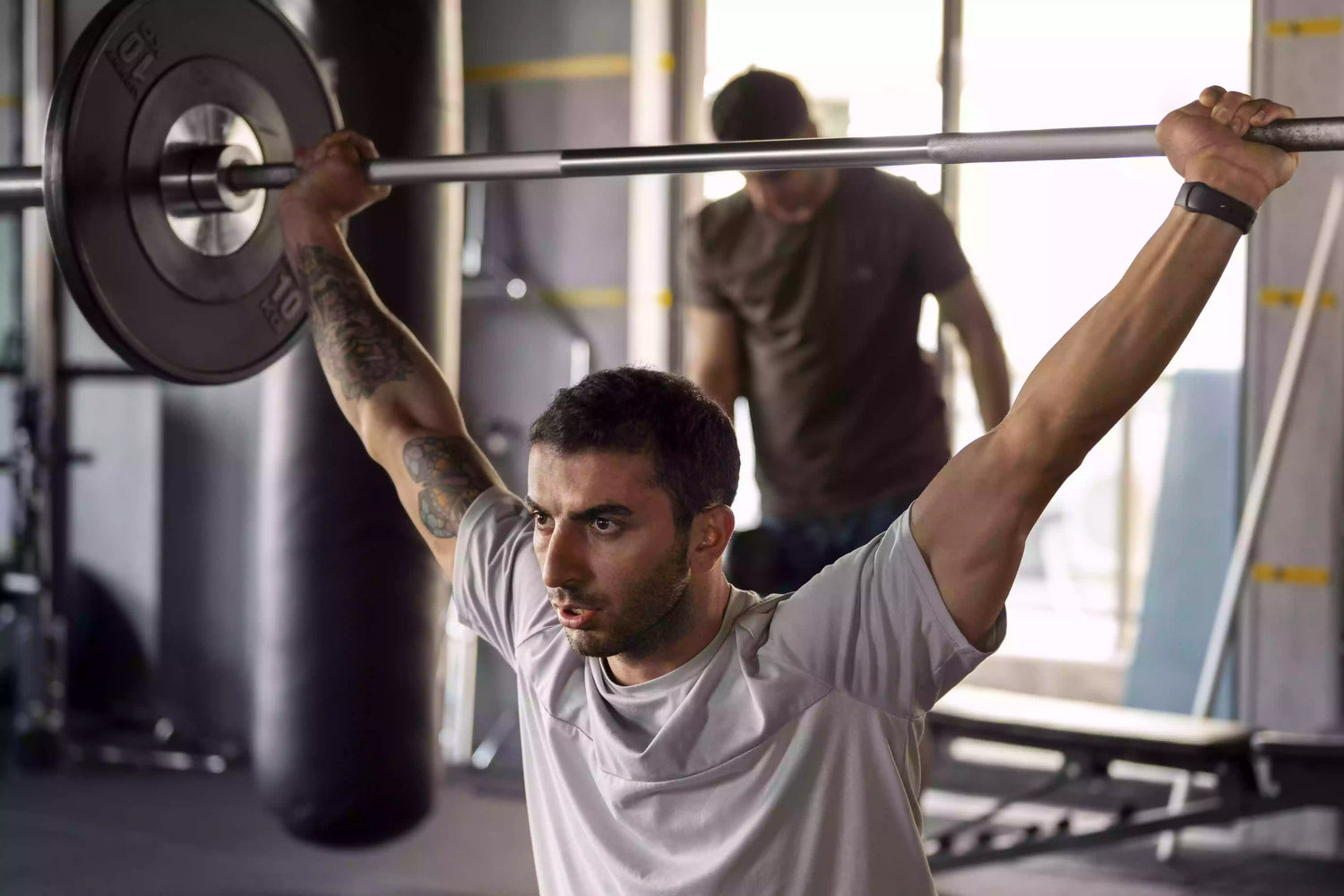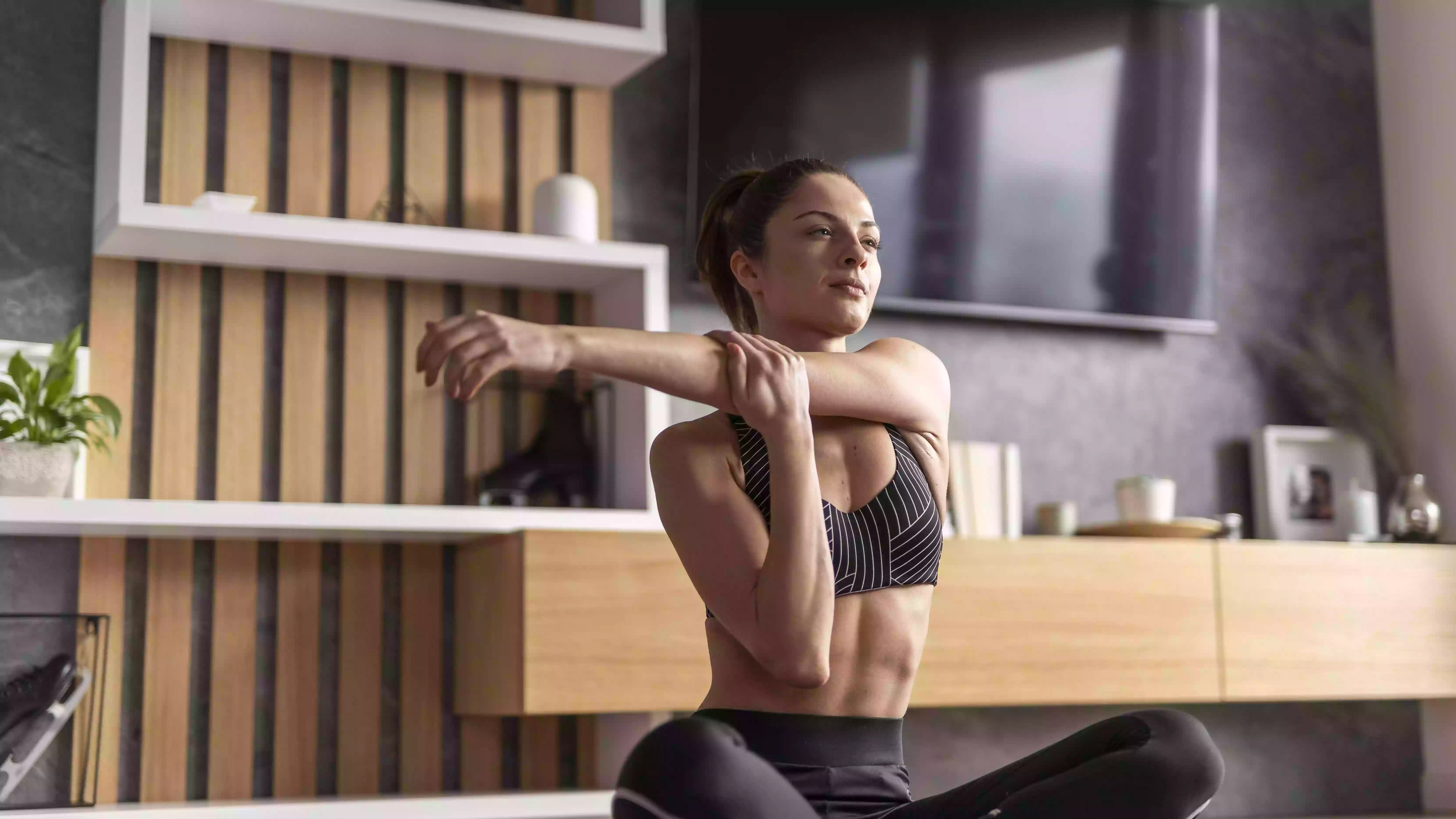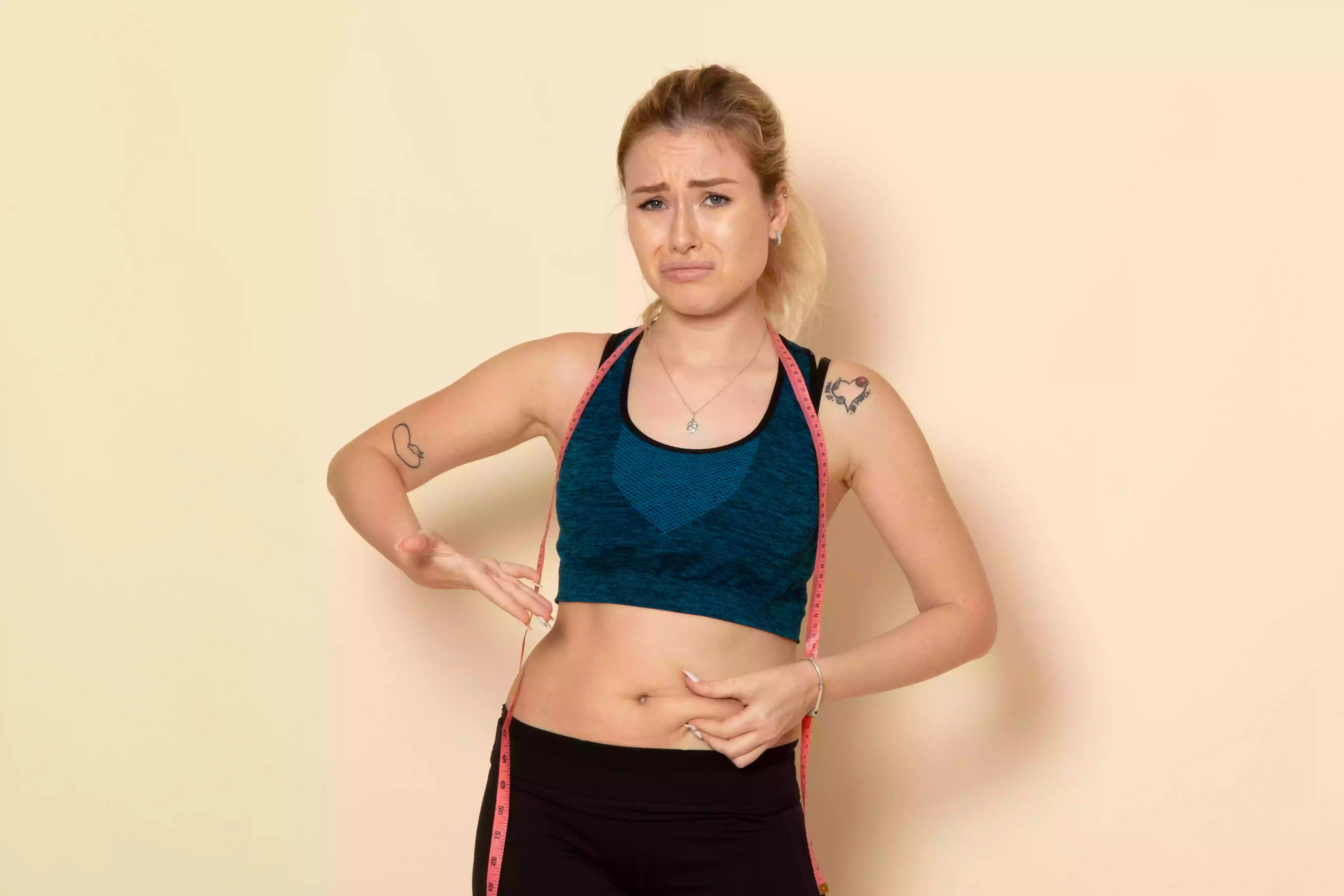Are you tired of workouts that don’t seem to help in real life? Functional strength training offers a smarter, more practical approach. Instead of only building muscle for looks, this style of training helps you become stronger for everyday activities — from lifting groceries to chasing your kids around.
At our Canadian home gym store, we believe fitness should help you live better — not just look better. That’s why we recommend functional training, especially when combined with versatile home gym equipment like squat machines, rowing machines, resistance bands, and more.

In this guide, you’ll learn:
- What functional strength training really is
- How it transforms your body and mind
- Which home equipment supports this type of training
- A sample workout plan you can start today
🧠 What Is Functional Strength Training?
Functional strength training focuses on real-life movement patterns — not just isolated muscles. It’s all about building a body that moves efficiently, stays injury-free, and feels strong in everyday tasks.
Whether you’re climbing stairs, carrying heavy boxes, or playing recreational sports, this training prepares you for it all.
🔑 Core Principles of Functional Fitness
1. Mimicking Everyday Movements
Functional training includes multi-joint movements that mirror how we naturally move. For example:
- Squatting = sitting and standing
- Deadlifting = picking something up from the ground
- Lunges = walking and stepping
- Pushing and pulling = opening doors, carrying objects
Using equipment like a squat machine or resistance bands can help you practice these motions safely and effectively at home.
2. Training for Real-Life Strength
Instead of doing endless bicep curls, functional workouts target movement patterns. For instance:
- Overhead presses improve your ability to lift items to high shelves.
- Rows and pull-downs mimic pulling motions like lifting a child or opening a heavy door.
- Hip hinges (like deadlifts) help you lift without hurting your back.
Functional strength builds a body that performs — not just poses.
3. Improving Balance & Body Coordination
Functional training also improves neuromuscular coordination — how well your brain and body work together. With better balance and control, you're less likely to fall or injure yourself.
Tools like a vibration platform can enhance this effect by stimulating stabilizer muscles during your workouts.
💪 Benefits of Functional Strength Training
Functional fitness doesn’t just reshape your body — it transforms your life.
✅ Everyday Tasks Become Easier
Lifting heavy laundry baskets. Gardening for hours. Playing with kids or pets. These become easier when you train for strength that matters.
You’ll notice:
- Less fatigue during chores
- Easier movement throughout the day
- A stronger, more mobile body
✅ Better Sports and Recreation Performance
If you enjoy hiking, skiing, tennis, or recreational sports, functional training improves:
- Power for jumping and throwing
- Speed and agility
- Endurance and quick recovery
Try using a rowing machine or exercise bike for dynamic, full-body cardio that supports your sport performance.
✅ Injury Prevention & Faster Recovery
Because this training teaches better movement patterns and strengthens joint-supporting muscles, it reduces your risk of injury.
Even physical therapists use functional movements for rehab. Try controlled squats on a squat assist machine to safely rebuild strength after an injury.
✅ Mental and Metabolic Boosts
Functional training also supports:
- Confidence – you feel strong, capable, and independent
- Balance & Stability – especially useful as we age
- Better metabolism – compound movements burn more calories and build lean muscle
🏋️ Top Functional Training Movements
These foundational exercises form the backbone of any solid functional program. Most of them can be done at home with minimal equipment.
🔹 Squats
Mimic sitting and standing. Use body weight, or add resistance with:
- Goblet squats (with dumbbells)
- Squat machines (to support posture and depth)
🔹 Lunges
Improve balance, coordination, and leg strength. Try:
- Forward, reverse, and lateral lunges
- Add resistance bands for extra intensity
🔹 Pushing Movements
Include:
- Push-ups
- Overhead presses
- Chest presses
Use light dumbbells or machines for resistance. A vibration platform can help activate stabilizer muscles during these movements.
🔹 Pulling Movements
Try:
- Bent-over rows
- Pull-downs
- Resistance band rows
- Rowing machines for dynamic pulling + cardio
🔹 Hip Hinge Patterns
Deadlifts are key here. Use:
- Bodyweight to start
- Kettlebells or dumbbells
- Romanian deadlifts for hamstring focus
🔹 Core and Rotation Work
Planks, bird-dogs, and Pallof presses build core stability. Add rotation with:
- Russian twists
- Woodchopper cable movements
- Resistance bands for anti-rotation drills
🏠 How to Start Functional Training at Home
You don’t need a gym membership. You can get great results with a basic home gym setup.
🗓️ Sample Functional Workout Plan
Here’s a simple full-body functional training day (2–3 times a week):
| Phase | Exercise Example |
|---|---|
| Warm-up | 5-10 min on a under desk elliptical + mobility work |
| Squat | Goblet Squats – 3x12 |
| Push | Push-ups or Dumbbell Press – 3x10-15 |
| Pull | Resistance Band Rows – 3x12 per side |
| Hinge | Romanian Deadlifts – 3x10 |
| Lunge | Reverse Lunges – 2x12 per leg |
| Core | Plank – 2x30 seconds |
| Rotation | Pallof Press – 2x15 per side |
| Cool-down | Static stretches (hamstrings, hips, back) |
🏷️ Pro Tip: Equipment like adjustable dumbbells, a squat machine, and a rower can maximize space and variety in your home gym.
🧩 Tips for Functional Training Success
✅ Form First, Always
Master the movement before adding weight. Use mirrors or record yourself. Bad form = injury risk. You can also follow video guides from Canadian fitness coaches on YouTube, like Jordan Syatt or Meggan Grubb.
✅ Progress Gradually
Start with bodyweight or light resistance. Over time, increase:
- Reps
- Weight
- Range of motion
Consistency > intensity.
✅ Switch It Up
Avoid plateaus by rotating:
- Equipment (bands, dumbbells, machines)
- Workout structure (circuits, supersets)
- Tempo and rest time
💡 Try adding a vibration machine workout once per week to challenge your stabilizer muscles in new ways.
🧠 What Experts Say About Functional Training
"Functional training prepares you for anything," – Sarah Lee, Certified Fitness Coach
“It’s one of the most effective ways to build real strength and prevent injury.” – Dr. Mark Chen, Physical Therapist
Functional training is also supported by leading research. A 2023 study from the Journal of Strength and Conditioning Research found that functional training improves balance, mobility, and joint health more effectively than traditional isolation workouts for adults 35+.
🚀 Start Your Functional Training Journey Today
Want to build real-world strength from home? Start with the right tools.
🔧 Explore Our Functional Training Essentials:
- Squat Machines – Perfect for safe, joint-friendly squatting
- Resistance Bands – Compact and beginner-friendly
- Rowing Machines – Full-body cardio + pulling strength
- Vibration Plates – Improve balance and activation
- Under Desk Ellipticals – Sneak in extra movement during the day
👉 Browse Our Home Gym Equipment Collection (Canada-Wide Shipping)














Leave a comment
This site is protected by hCaptcha and the hCaptcha Privacy Policy and Terms of Service apply.